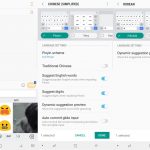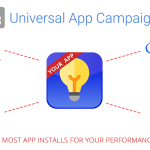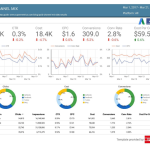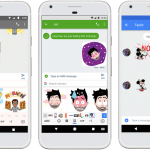How Google’s Mobile Daydream Platform Aims To Dominate Consumer VR
Google just went all-in on virtual reality.
The tech giant today shared the most information yet about its new mobile VR platform, Daydream, the ambitious follow-up to its popular low-cost Cardboard system. The company-wide effort, which will launch in early November, includes a headset, handheld controller, several major first-party apps, and the first phone that will support the system, via a new version of Android.
It’s the strongest signal yet that Google sees the smartphone as being at the center of consumer-grade virtual reality. While companies like HTC and the Facebook-owned Oculus have released high-end tethered VR systems that require expensive PCs, Google has clearly placed its bet on VR that works on phones. It’s also betting on an open system: Other companies will be able to take advantage of a Daydream reference design by making Daydream-compatible headsets and controllers, as well as Daydream-ready phones.
Google’s idea is to enable a broad Daydream ecosystem that pairs its new mobile OS—Android N, which was built from the ground up with Daydream support—with a variety of manufacturers’ light, customizable, easy-to-use VR headsets. The first of those headsets, though, is Google’s own $79 Daydream View.
Unlike Samsung’s Gear VR, which only works with the company’s own high-end phones, Daydream View was designed to connect wirelessly to a range of phones that includes Google’s all-new Pixel, which will start at $649 and go on sale on October 20, as well as forthcoming devices from HTC, ZTE, Huawei, Xiaomi, Alcatel, Asus, LG, and even Samsung.
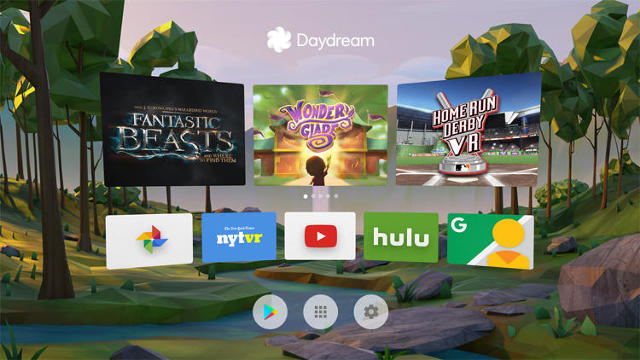
In order to ensure that users have a lot to do with their new Daydream headset from day one, Google has built all-new VR versions of YouTube, Play Movies, Google Photos, and Street View. There will also be a number of third-party apps, including Hulu, HBO, and Netflix, as well as the New York Times, and many others across genres like travel, games, and sports. All told, there will be more than 50 Daydream apps this year, with hundreds more coming down the pike.
Google is hoping it and its partners can capture big slices of what analysts expect will be a $30 billion market for consumer virtual reality hardware and software by 2020.
As is the case with almost every major VR platform—the Oculus Rift, the HTC Vive, Gear VR, and Sony’s soon-to-be-released PlayStation VR—Apple users are locked out of the equation.
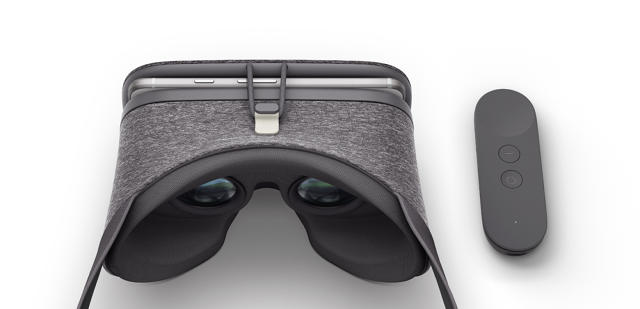
Google’s Daydream View headset, which comes standard with a controller, is 30% lighter than devices like the $99 Gear VR. At launch, it will be available in slate, and before year’s end will also come in snow and crimson. It features an auto-alignment system meant to allow users to spend just seconds inserting their phones, without worrying whether it’s lined up exactly right.
While other companies will be able to make their own Daydream-ready headsets, they will all feature the same wireless auto-alignment system, as well as a controller that works exactly the same as the one included with the Daydream View. All such controllers will include precision orientation sensors that recognize a user’s motion, allowing her to point, slice, swing, and aim.
Related Video: Will VR Go Mainstream?
Fast Company , Read Full Story
(28)





